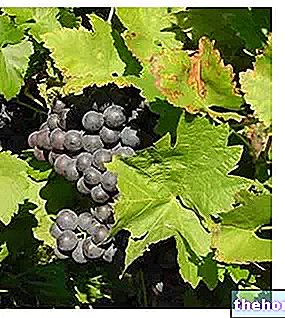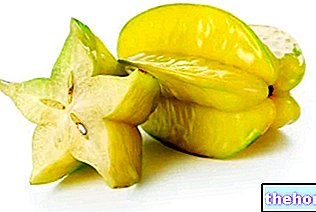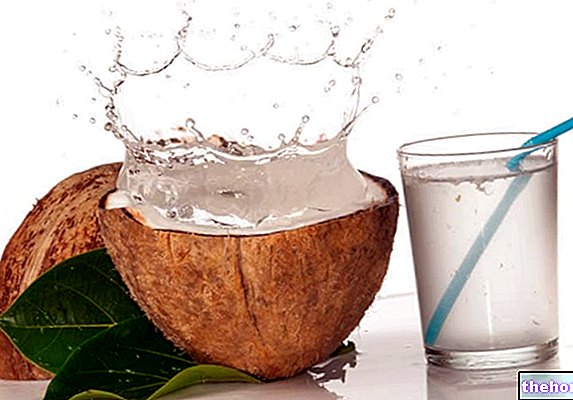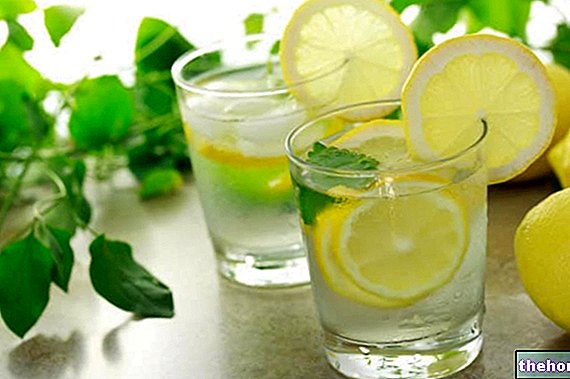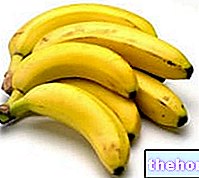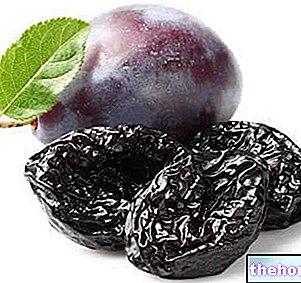Introduction: the olive oil
Olive: botanical aspects and cultivation
Composition of the ripe olive, nutritional properties
Olive harvest
Olive oil: chemical composition
Olive oil: properties and nutritional characteristics
Preparation of the olive oil
Conservation of olive oil
Pomace oil
Classification of olive oils, analysis and fraud
Olive oil as a laxative
Olive tree in herbal medicine - sea buckthorn
Cosmetic use: olive oil - Olive oil unsaponifiables - Olive leaf extract
Olive tree
European olea L
Fam. Oleaceae
Description

After the harvest, the cleaned olives are crushed in the mills from which a pulp comes out and passes to the pressing. The first squeezed olive oil is virgin, followed by more watery portions. The oil must then be filtered and purified. The residues of the pressing are called pomace and are used in various ways.
Areal and culture
The origin of the olive tree is uncertain: some say that it derives from the wild olive tree (olive or wild olive) which has a shrubby habit, others, on the other hand, think that wild olive trees derive from those cultivated after the wild. In any case there are traces of the olive tree in Europe already in the tertiary sector, it probably comes from Asia Minor: finds dating back to about 3000 years BC. they are found in Crete and Mycenae.The oldest written mention is in the Bible: the dove with an olive branch in its beak announced to Noah the end of the universal flood. Since then the olive tree has been a symbol of peace.
Currently it is cultivated in the temperate-warm regions of the whole Mediterranean basin and also of America and Australia.
ADVERSITY: many; the main ones are the cold, between the meteoric ones and an insect, the oil fly (Dacus oleae).
Other Foods - Fruits Apricots Sour cherries Cashews Pineapple Watermelon Orange Avocado Banana Persimmon Persimmons Apple Chestnuts Cedar Cherries Coconut Watermelon Dates Feijoa Fig of India Figs Strawberries Berries Passion fruit (Maracujà, Granadilla) Jujube Kiwi Raspberries Coconut milk Lemons Almond milk Mango Apples Quinces Pomegranate Melon Blackberries Mustard Medlar Olives Taggiasca Olives Fermented Papaya Pears Peaches Plantains (Cooking Bananas) Pomelo Grapefruit Pink Grapefruit Plums, prunes Fruit juices and fruit juices Grape juice Plums Grapes Sultanas and Raisins OTHER ITEMS FRUIT Categories Food Alcoholics Meat Cereals and derivatives Sweeteners Sweets Offal Fruit Dried fruit Milk and derivatives Legumes Oils and fats Fish and fishery products Salami Spices Vegetables Health recipes Appetizers Bread, Pizza and Brioche First courses Second courses Vegetables and Salads Sweets and Desserts Ice cream and sorbets Syrups, liqueurs and grappas Prepare Basic tions ---- In the kitchen with leftovers Carnival recipes Christmas recipes Light diet recipes Women's, mom's and dad's day recipes Functional recipes International recipes Easter recipes Gluten-free recipes Diabetic recipes Holiday recipes Valentine's Day recipes Vegetarians Protein recipes Regional recipes Vegan recipes

